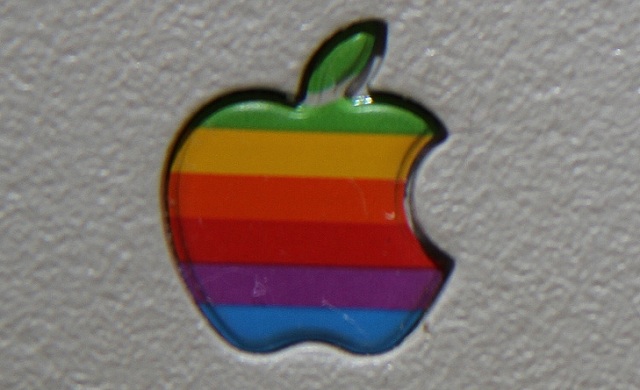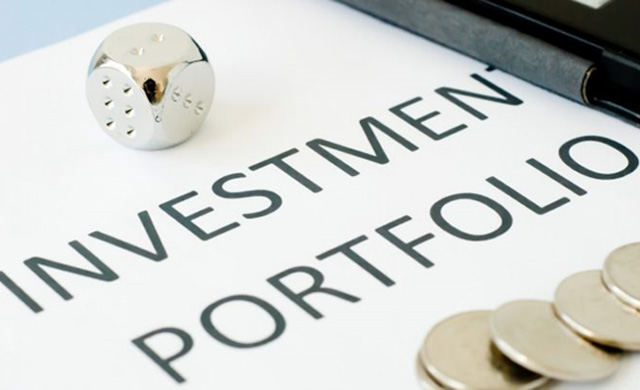According to data analysts, Apple Pay, the payment service owned and run by Apple, witnessed a 52% surge in year-over-year adoption. This data cuts across use through mobile devices, online platforms, and in-store payments.

While this is cause for celebration for the tech giant, it may be a telltale sign of things to come for PayPal. Despite being a major player in the United States, and in fact, globally, the digital wallet services may see its growth stifled by the ever-competitive Apple.
Adopting Apple Pay
While November saw an upswing in the amount of Apple Pay users, bank cards and PayPal saw a sharp decline despite owning the majority of market shares when it comes to in-store and online transactions. This change may be indicative of changing tastes among users, and how they prefer to handle financial transactions.
The move isn’t limited to individual users alone. Even online betting platforms such as William Hill, and others are gradually adopting Apple Pay over industry giants like Neteller, Skrill, and PayPal. The reason for shifting preferences is simple: Apple Pay is cheaper for business because of zero transaction fees. This makes it easier for bookmakers to improve their service for new and existing customers.
Regardless of shifting interests, PayPal remains the service to beat, as it accounts for 16% of all e-commerce dealings. Apple Pay may have cropped up to a decent 5% since its inception, but that is still miles away from overtaking the older payment service. Not to mention that PayPal had been dedicated to improving and expanding service functionality in recent years, including an app redesign aimed at ingraining its ecosystem into the core of users’ finances. Also, besides being a payment service, PayPal is versatile enough to offer investment opportunities, bill payments, and financial management and budgeting.
Apple is further limited compared to PayPal in that it’s only available on its own devices, while PayPal is available across Android and iOS devices.
Apple and PayPal
Although it seems that both services are destined to lock horns at some point for market share, Apple has taken an unusual path of partnering with PayPal. This deal will see a cross-integration in which PayPal and Venmo services will be introduced into the Apple Pay ecosystem. In the same vein, Apple’s payment services also get to be acceptable within the PayPal ecosystem.
This move further proves that Apple is keen to be seen as the third-biggest player in the financial world, next to mammoths like MasterCard and Visa. To that end, it makes sense why Apple has invested a lot into diversifying its payment operations to include a mobile point of sale (POS) tool, credit card, digital wallet, and buy now pay later solution. By increasing its versatility, Apple Pay is positioning itself as the go-to for all things payments.
Of course, this is an important move that further drives up Apple Pay adoption, particularly in major Western markets where mobile wallet growth has been stymied. As far as persevering customer preferences go, bank cards remain the most popular option for in-store and online transactions, while mobile wallets make up a miserly 8.7% of in-store transactions alone in 2022.
Potential Outcomes
The current progression of Apple Pay means it’s only a matter of time before they edge PayPal out for the role of most popular payment service. And the fact that it’s now ingrained in the PayPal Commerce Platform and other unbranded checkout systems means the only way is up from Apple Pay.
Additionally, the arrangement between Apple and PayPal means that customers in the United States can add Venmo and PayPal cards to their Apple Wallets and use them anywhere Apple’s payment service is available.
At this rate, Apple Pay may yet emerge as the dominant service in the long run.

 Hot Features
Hot Features













